How in different eras people protected the privacy of correspondence and stopped the forgery of documents
Categories: History | Society | Technology
By Pictolic https://pictolic.com/article/how-in-different-eras-people-protected-the-privacy-of-correspondence-and-stopped-the-forgery-of-documents.htmlToday, confidentiality of correspondence is one of the rights guaranteed to a person by law. Despite this, there are always plenty of people who want to get their hands on important information from a letter. Today there are many ways to protect data from prying eyes, from special envelopes to encryption. Electronic correspondence and technologies for its protection are a topic for a separate article. But what were things like before, when technology was completely primitive?
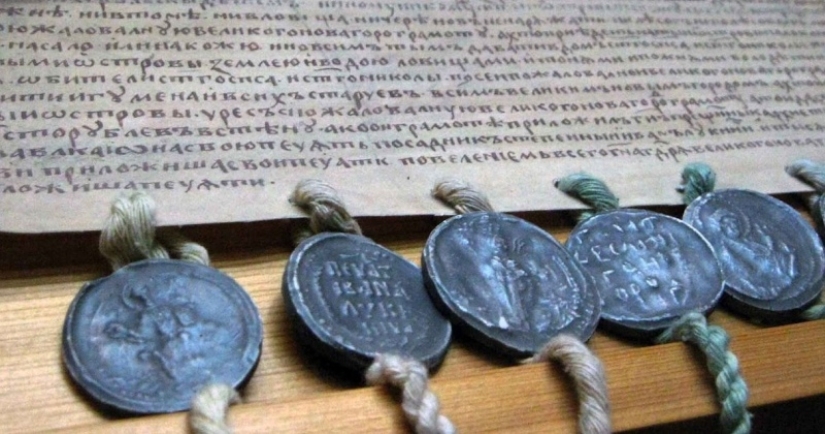
The first way to designate something as “yours” was seals. They appeared long before the invention of writing and served as a designation of someone's property. The first seals were handprints and drawings. They were applied with paints or simply soot on the walls of caves and various objects. Later, when cattle breeding began to develop, domestic animals were marked this way.

Long before our era, nomadic tribes began to use it to designate their things. This was a family sign that was displayed on the banner, applied to the canopy of the yurt and burned in the form of a brand on livestock. It was not difficult to fake a tamga, but getting rid of an existing one was almost impossible.
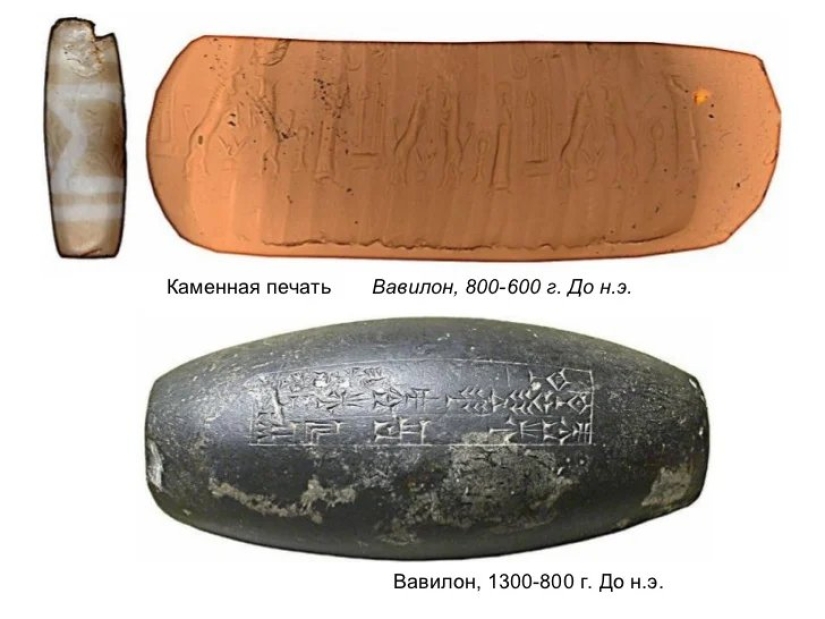
In Mesopotamia, where they wrote on clay tablets with wedges, seals were used to certify a document or letter. They were very similar to modern ones, but were used without paint. The relief design simply left an impression on the raw clay and, after firing, remained on it forever.
Ancient seals were carved from both simple limestone and semi-precious stones. It could be alexandrite, amethyst or jade. There were no inscriptions on the stamp. Usually, skilled craftsmen carved a portrait of the owner, his family coat of arms, or various religious and mythological scenes on them. The work of a stone carver was highly valued, and the more complex the seal, the richer its owner. The ancient Egyptian masters achieved great skill in carving. They could develop a whole plot with several characters in a small stamp.
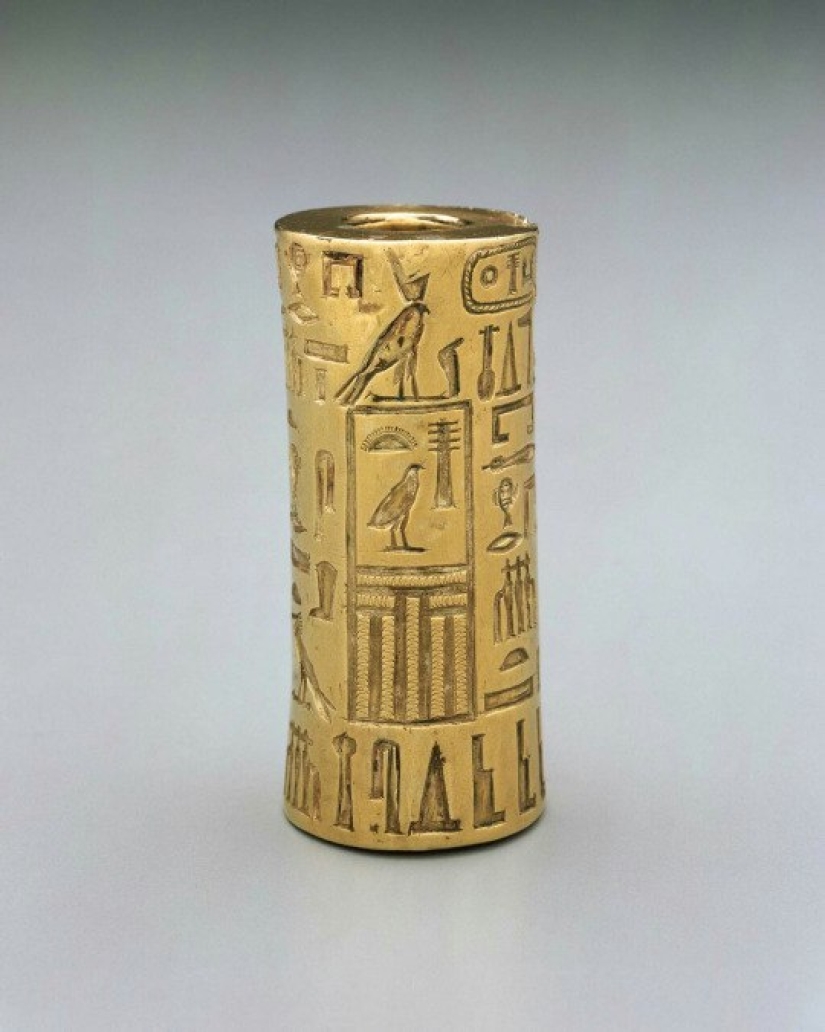
Some seals were cylindrical, like a rolling pin. They were rolled on clay, and later on papyrus or parchment. Complex images protected against forgery, including important government documents. It is not easy to accurately repeat someone else’s fine work and the forgery will be obvious.
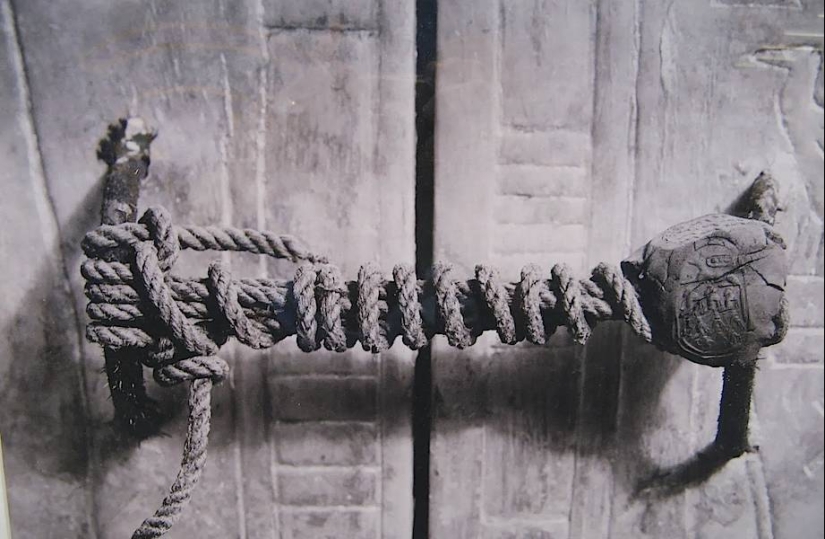
Signet rings were also made in Ancient Egypt. This was very convenient, since there was no need to carry the stamp with you in a bag or special case. The Egyptians generally knew a lot about sealing. It is worth remembering at least the seal at the entrance to the tomb of Pharaoh Tutankhamun. Scientists opened it only at the beginning of the 20th century, 3245 years after it was placed by the priests on the day of the king’s funeral.
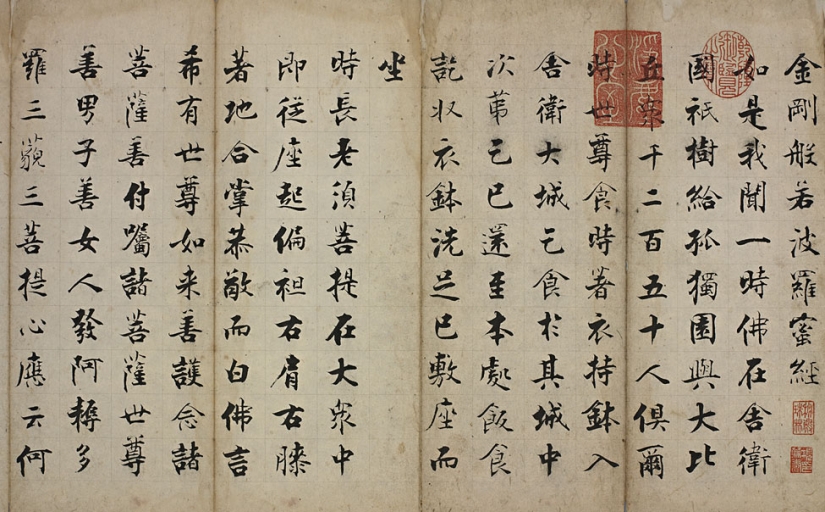
Interestingly, in ancient China, which was head and shoulders above the rest of the world in the field of technology, seals were applied with paint. A couple of thousand years ago, officials and merchants simply dipped their stamp, carved from stone, wood or bone, into paint and applied it to paper. That is, everything was exactly the same as in our time.
The science that studies seals and stamps is called sphragistics. This word comes from the Greek “sphragis” - seal. The Hellenes were great specialists in this matter. Ancient Greek craftsmen carved intaglios from precious stones and cast them from bronze—seals in the form of jewelry. These were rings and pendants with images carved on them.
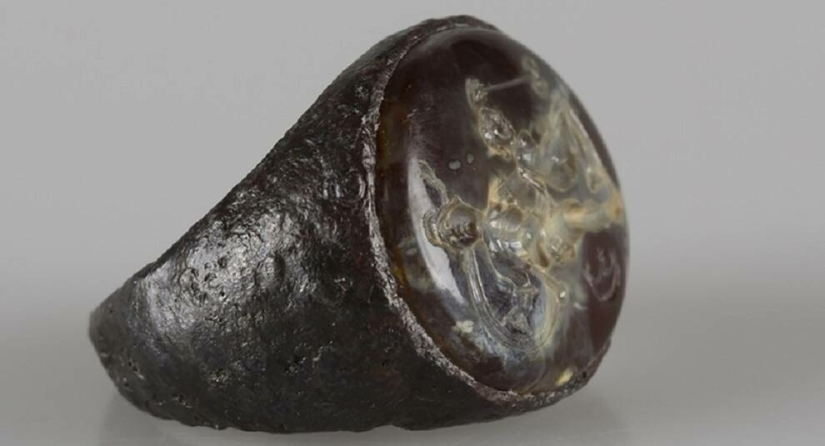
This art was adopted from the Greeks by the Romans, who achieved great heights in the creation of seals. Many of them were real masterpieces that still delight museum visitors. In the Mediterranean, they did not make impressions on clay; they used beeswax with an intaglio print to certify documents. The signet ring was treasured like the apple of one's eye and passed on from generation to generation.
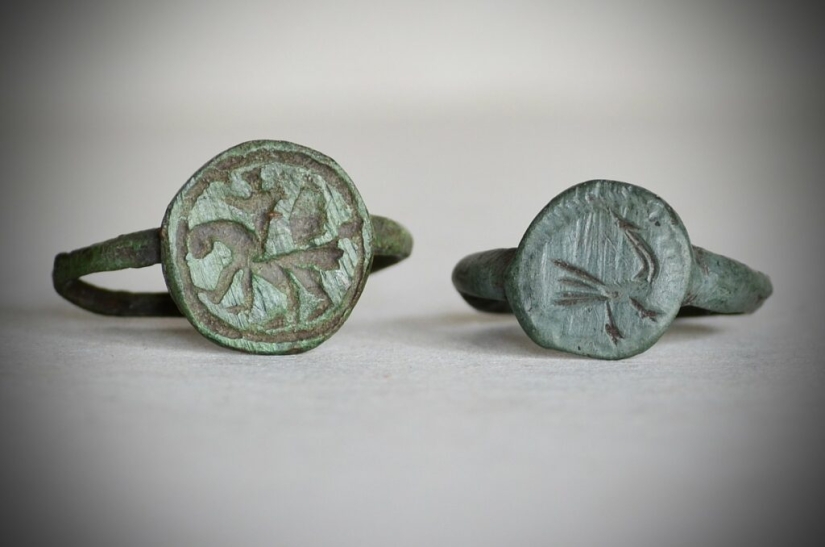
But in Europe in the Middle Ages they did not strive for beauty. The art of making rings and stamps fell into decline, like many types of art. Some imprints on documents from the 12th to 14th centuries look like crosses. Sometimes letters or simple ornaments were added to them. Nevertheless, not a single important person, especially kings, could do without a seal.
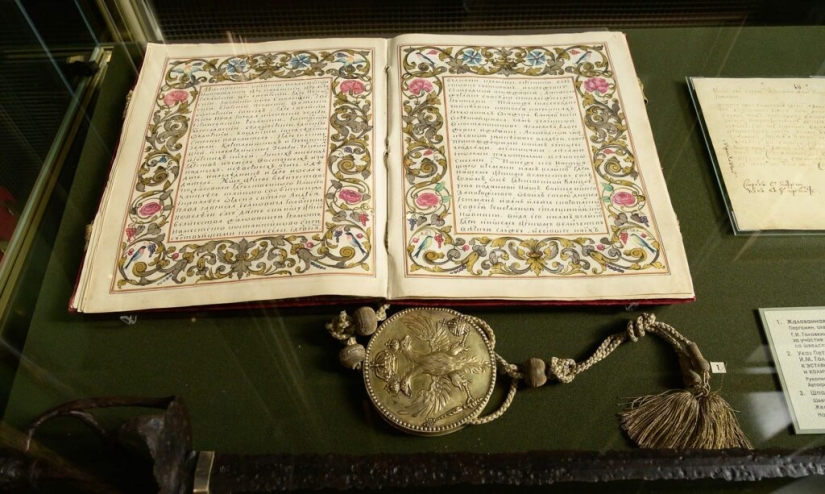
In Rus', metal seals were first used, and later wax ones. A ring was also imprinted on the wax. Their first mention was found in the Tale of Bygone Years in a place where it talks about the negotiations of Prince Igor with the Greeks in 945. Old Russian seals were worthy heirs of the Hellenic ones - they depicted princes, saints and scenes from their lives, temples and contained inscriptions.

The most famous signet ring is the Fisherman's Ring. This is an indispensable attribute of the Pope. Since time immemorial, a personal ring has been made for each pontiff. His name is inscribed on it in a mirror image to give the correct image on the print. After the death of the pope, the seal must be destroyed to preserve its uniqueness.
During this era, valuable letters and parcels were invariably associated with wax seals. Few people know that this method of protecting correspondence is very ancient and came to us from India. The first sealing wax was made from beeswax mixed in a certain proportion with the resin of coniferous trees. It was brought to Europe from the East Indies by the Spaniards in the 16th century.
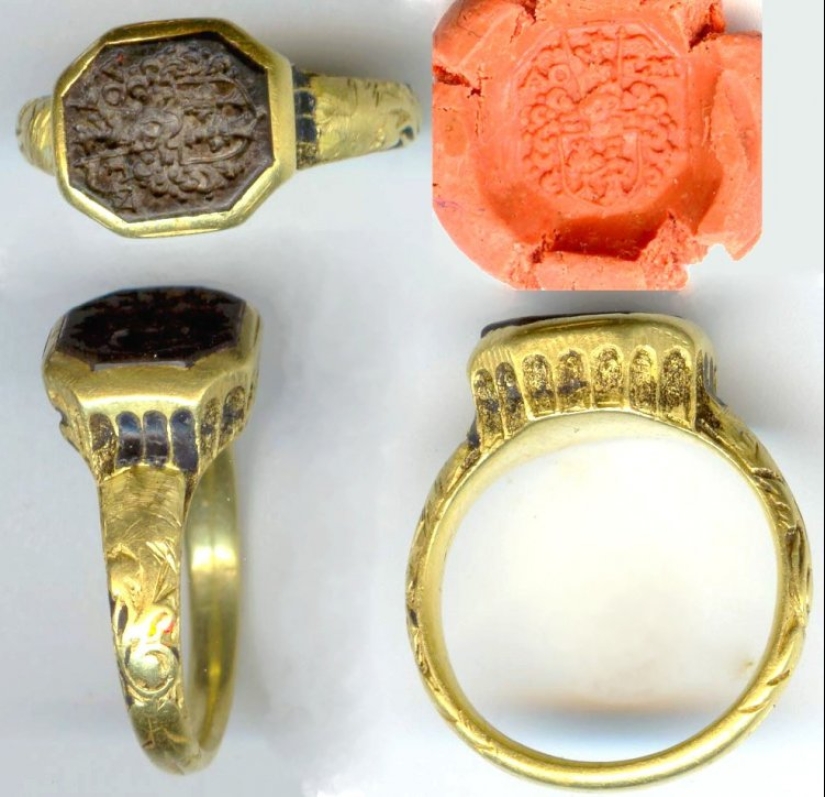
The first sealing wax was translucent or yellow, but later they began to add cinnabar to it. It is this substance that gives this substance its red color, which is considered classic. Sealing wax is a hard and brittle material under normal conditions. But when heated, it melts easily. It was dripped onto an envelope or bag in molten form and a seal was immediately applied. The material hardens quickly and retains the impression perfectly. In addition, sealing wax has excellent adhesion and holds paper well without glue.
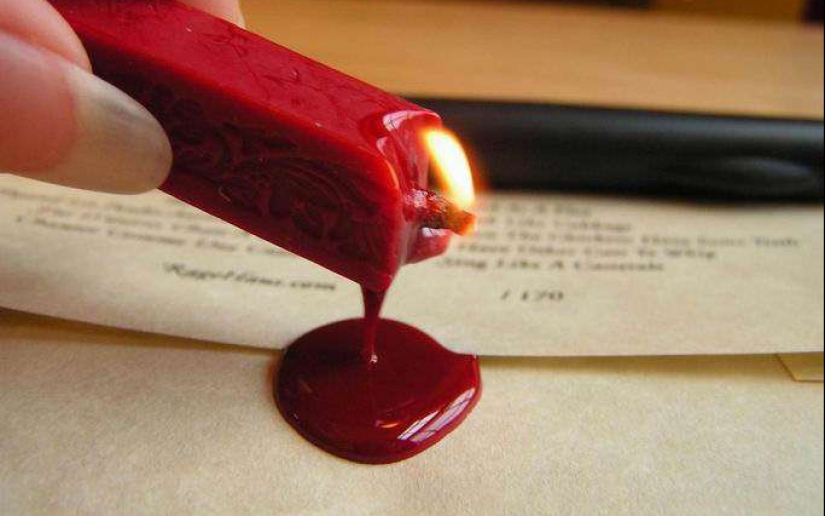
Opening a wax seal without damaging it is incredibly difficult. But it is completely impossible to seal the letter back without melting the substance. This reliability explains the 500-year-old popularity of this method of sealing important letters. Nowadays, the importance of sealing wax in postal business has greatly decreased. Nowadays it is more often used to seal bottles of elite wines and laboratory test tubes. At the post office, it is successfully replaced by stickers and holograms, which can have a high degree of protection, hold firmly and are not afraid of accidental kinks.
Recent articles

They say that absolutely everything that is made of chocolate is delicious. And apparently, Sarah Hardy agrees with this opinion. ...

Admit right away, which one of you is a perfectionist? We dare to assume that there are many lovers of clear shapes, smooth lines ...

All cultures, countries and different Nations, each nation has its own traditions and customs. But one thing remains common — ...